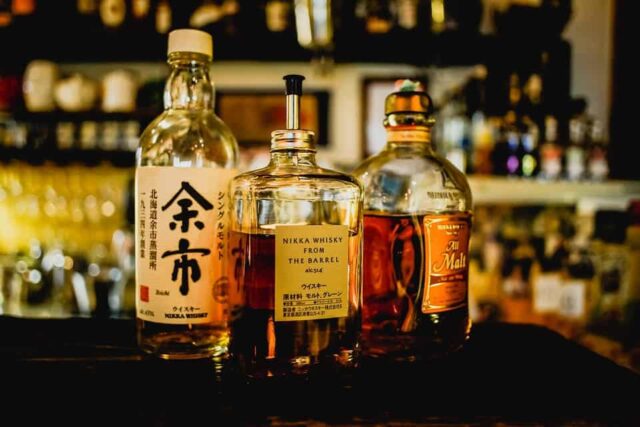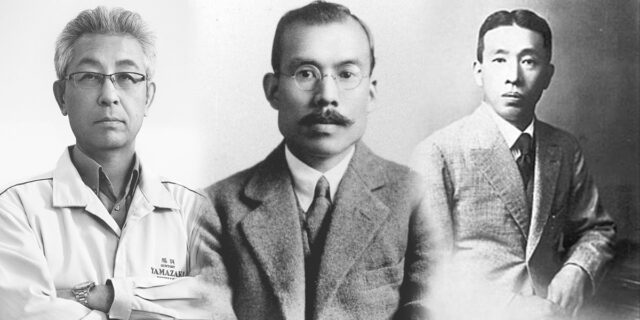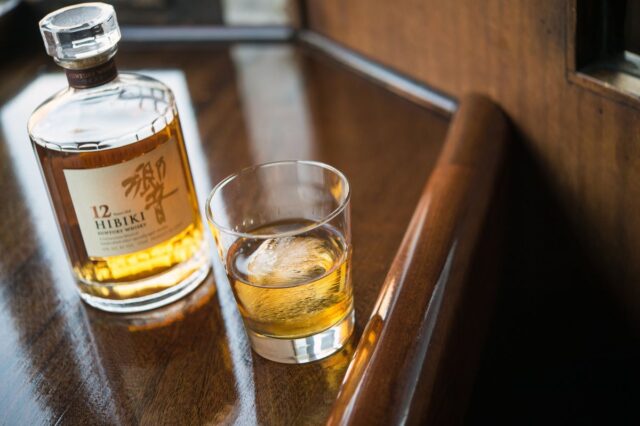
Who does not like to have a glass of whiskey after a long tiring week? Your work might demand you to kiss the moon and return within the same day! And you have to abide by it as bills stack up at the end of each month. But you can still have your share of your time.
Maybe you are a Netflix and Chill person or a classic Hollywood guy enjoying their whiskey by the fireplace in a red satin robe. Setting matter! People not only drink it to get drunk, but they want the perfect ambience that will soothe them, taking them away to a place where they can be away from the hustle and bustle of their lives.
If you are a whiskey person, bet you have tasted Japanese whiskey. This wonderful delicacy was tucked away from the world for even a few decades. After a few recognitions in whiskey awards, this liquor is growing popular, earning fans worldwide.
People have a notion that Japanese whisky is a copycat version of Scotch, which is true. But as the Japanese do everything with a hint of perfection and Japanese touch, they have added some ways to make the whiskey different from the Stotch.
If you are trying your luck with Japanese whisky for the first time, this article will help you know the history behind the glass you have just poured!
Where Can You Find Japanese Whisky?
The surge in the demand of getting a hand on Japanese whisky is making it impossible for wine shops to avoid keeping it in their collection. Well-reputed and elegant places will keep esteemed collections like Hibiki, Toki, Hakushu, and Suntory’s Yamazaki. You will get Japanese Quality Whisky Australia in places like JQWS and other collections like Nikka’s: the Yoichi and Miyagikyo single malt, the Coffee Grain, and From the Barrel.

Other exclusive bottles are hard to get; if you are a collector of this fine liquor, you can make your channels or find a bottle online. Some online retailers provide whisky delivery all over the globe. However, the shipping regulations might change depending on issues like internal affairs.
The Process Of Curating Japanese Whisky
You can say that Japanese whisky is technically a Scottish whiskey with traditional Japanese values. It depends on malted barley for the production process.
The malted barley is mashed and goes through a double distillation process in a pot. The whiskey is then aged in wooden barrels made of American Oak, Japanese Mizunara Oak, or sherry casks. The notes you taste in a whiskey, like the sweet, spicy, or musky, from the aging process. The aging is what evaluates the taste and price of the liquor.
The blending is what makes Japanese whisky different from Scottish whiskey. Scottish distillers buy whiskey from another liquor maker or share it with another company for the blending process.
But the Japanese do it differently. There is no sharing in japan. The companies have distillers spread over the country in an array of micro-climates. Due to this process, Japanese whisky does not have any specific type or style. The distilleries have their blending and flavoring that hike the whiskey price.
Who Is Considered As The Father Of Japanese Whisky?

Shinjiro Torri has a dream to curate- The True Japanese Whisky. He has a company named Kotobukiya (now famous as Suntory), sold a large variety of products, ranging from toothpaste to port wine. But this company was only a way to fuel his dream and generate revenue. In 1923 this man created Japan’s first commercial malt whiskey distillery and named it Yamazaki.
Torri hired a man, Masataka Taketsura, who was a pharmaceutical wholesaler. Takemura has spent many days in Scotland and learned the art of whiskey making. This man, too, had a dream of creating the first japan’s whiskey. But he was struggling to achieve his goals utill he came across Torri. These two men became partners and eventually rivals!
Taketsuru was given the responsibility of Torri’s whiskey distillery. However, the points of view regarding the brevarage were completely different for these two men. Torri wanted to honor the Japanese taste buds by making them elegant and smoother. On the other hand, Taketsura wanted to make it similar to the Scottish flavors. Masataka honored the employment contract with Torri for a length of 10 years,
Masataka when to Yoichi, Hokkaido, where the climate was similar to that of Scotland. He founded a company there that made apple products, and the company was named “Dai Nippon Kaju,” meaning “Great Japanese Juice Company.” In 1940, his first whiskey was launched, named Nikka Whiskey. The company was named the same in later years. Today this company is the second-highest producer of whiskey in Japan.
What Will Compliment Japanese Whiskey?
While you pour yourself a glass of liquid satisfaction, ensure that you pour it over ice or splash of water. Serving whiskey with water is called “Mizuwari” locally. Now you can also flaunt an exotic language to impress your guest.

The Japanese also serve their whiskey with hot water, oyuwari, and haiboru, or whiskey with soda.
If you have got yourself a bottle of Hakushu 12-Year-Old and Hakushu Heavily Peated, which has a smokey flavor, pair them with a dish f smoked ribs or salmons. Suntory Kakubin Japanese Whisky, which has a light flavor, will taste even better if complimented with white meat, sushi, or sashimi.
Conclusion
There goes a rich history in the invention of liquors from all over the world. The history of this liquor is fascinating and very dear to whiskey lovers. Things like barrels, climate, region, and distillers play a huge part in adding to the taste of the liquor. Some people might like rich and strong whiskey, while some enjoy a mild taste. Depending on your taste buds, a Japanese whisky offers you a variety to enjoy and get tipsy toes!












